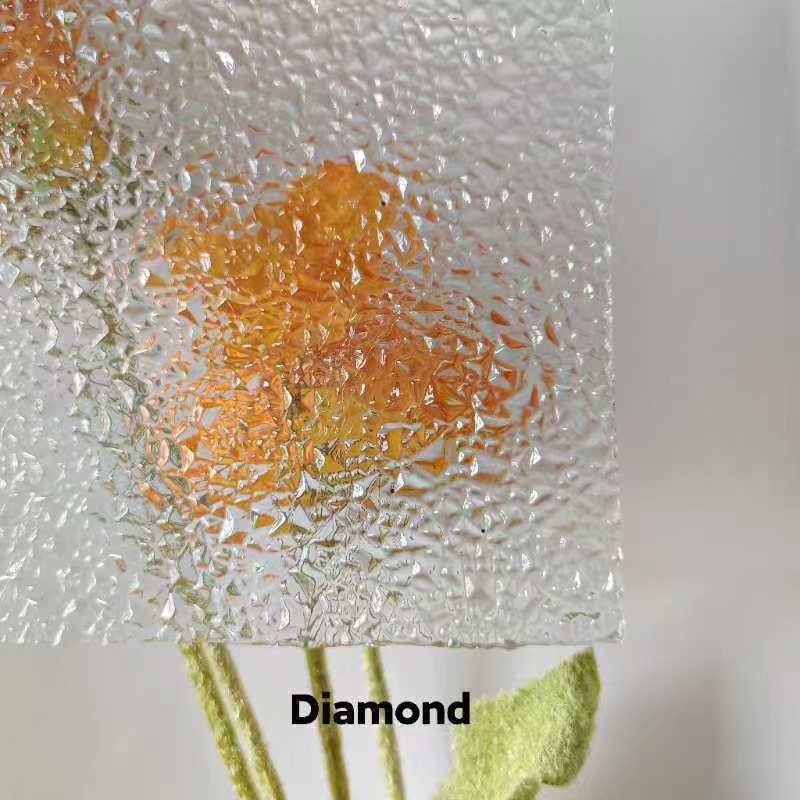

Understanding Low-E Glass and Its Emissivity Value
Low-Emissivity (Low-E) glass is a revolutionary advancement in the field of building materials and energy efficiency. This specially coated glass plays a significant role in enhancing the thermal performance of windows and facades in residential and commercial buildings. One of its most crucial properties is its low emissivity value, which significantly impacts heat transfer, energy consumption, and indoor comfort levels.
What is Emissivity?
Emissivity is a measure of a material's ability to emit infrared energy relative to that of an ideal black body, which has an emissivity value of 1. A lower emissivity value indicates that a material emits less infrared radiation. In the context of glass, emissivity values range from 0 to 1, where lower values signify better insulating properties. Low-E glass typically features emissivity values between 0.1 and 0.3, reflecting a significant reduction in heat transfer.
How Low-E Glass Works
Low-E glass is treated with a microscopically thin coating that is transparent to visible light but reflects infrared energy. This coating can be applied on one or both sides of a double or triple-glazed window. The primary function of Low-E glass is to minimize the amount of radiant heat that escapes during colder months while simultaneously reflecting outside heat during warmer months. This dual action helps maintain a stable indoor temperature, thereby improving the overall energy efficiency of buildings.
Benefits of Low-E Glass
1. Energy Efficiency The most significant advantage of Low-E glass is its ability to reduce heating and cooling costs. By minimizing heat gain in summer and heat loss in winter, buildings can maintain comfortable indoor temperatures with less reliance on HVAC systems.
2. UV Protection Low-E coatings also block a significant portion of the sun's ultraviolet (UV) rays, which can fade furnishings and flooring. This prolongs the life of interior spaces and protects valuable decor items from sun damage.

3. Reduced Condensation Lower emissivity values contribute to less condensation on window surfaces, as the interior glass remains warmer than traditional glass. This helps to prevent mold growth and improves indoor air quality.
4. Comfort By maintaining a consistent indoor temperature and reducing drafts, Low-E glass enhances overall occupant comfort. This is particularly important in regions with extreme seasonal temperature fluctuations.
5. Sustainability The use of Low-E glass contributes to sustainability efforts and can lead to LEED certification or other green building designations. Lower energy consumption results in reduced greenhouse gas emissions, making buildings more eco-friendly.
Applications of Low-E Glass
Low-E glass is widely used in various applications, including residential windows, commercial glazing, and curtain wall systems. It is particularly beneficial in climate zones with significant temperature variations and can be tailored to meet specific energy performance requirements. The versatility of Low-E technology allows architects and builders to create aesthetically pleasing structures that also meet stringent energy efficiency standards.
Conclusion
The adoption of Low-E glass has revolutionized modern architecture and construction by providing energy-efficient solutions that comply with contemporary sustainability goals. With its low emissivity value, Low-E glass not only enhances the thermal performance of buildings but also contributes to occupant comfort and environmental responsibility. As awareness of energy efficiency continues to grow, the demand for Low-E glass is likely to increase, paving the way for further innovations in building materials and design.
In summary, the importance of understanding low emissivity values in glass cannot be understated. This technology not only represents a significant leap forward in energy conservation but also plays a crucial role in creating comfortable and sustainable living and working environments. The future of building design lays in embracing such advancements that marry functionality with ecological considerations.